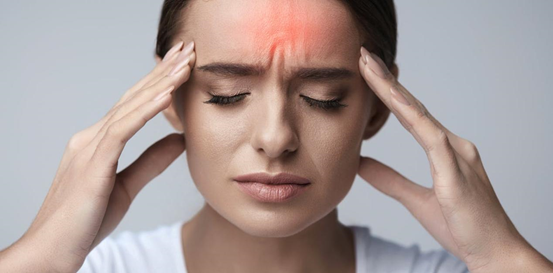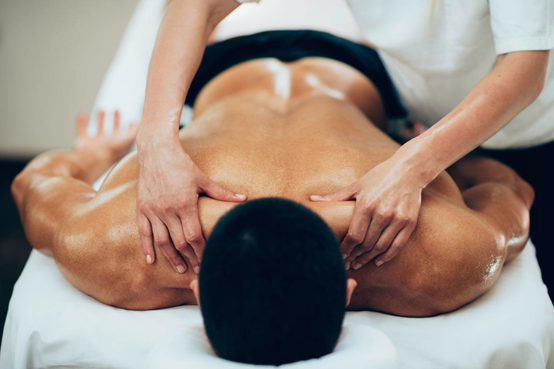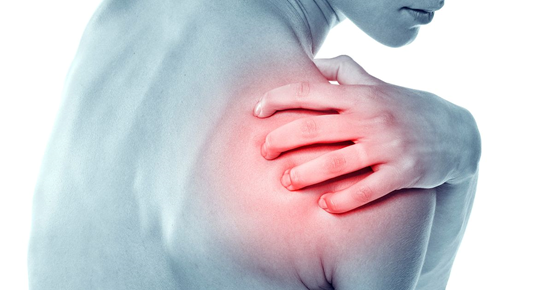Headache Relief Through Remedial Massage
Many people have experienced headaches at some points of their lives. Headache is one of the commonest symptoms that secondary and associated to other conditions. Some types of headaches are not due to brain tumors and are life-threatening, but chronic headaches can definitely affect the quality of life and productivity.
Headache patients always seek for suitable and effective treatment methods to ease their headaches. Preventive medicine and pain-relief medicine such as naproxen, paracetamol, ibuprofen can prevent some types of headaches that happen or alleviate pain from headaches.
However, each medication comes with a variety of side effects which may not be suitable to take for long term. chiropractic care, physiotherapy, dry needling and remedial massage are the alternative treatment methods with fewer complications, so people use to improve their headaches. In this article, the common headache types and how remedial massage can relieve headaches are going to be discussed.
Common Types Of Headaches
Dehydration Headaches
Dehydration headaches are both sided pulsating ache, which is similar to hangover headache. Different individuals with dehydration headaches may feel differently. dehydration is literally the causes of this type of headaches.
Dehydration headaches result from excessive fluid losses or deficient fluid intake. Severe vomiting, diarrhoea, heat stroke, strenuous exercise, excessive sweat, insufficient food and fluid intake are some causes of dehydration headaches.
Rehydration and staying hydration are the best treatment and prevention of dehydration headaches. Sports drinks are good options to rehydrate and keep the balance of electrolytes in the body. If the headaches are secondary to other condition, finding the primary cause and rehydration are necessary.
Migraine
Migraine is one type of headaches that occurs one sided throbbing pain. Associated symptoms such as nausea, vomiting, photophobia (sensitivity to light), phonophobia(sensitivity to noise) and aura (visual disturbances) can happen spontaneously.
In Australia, there are 4.9 million migraine sufferers. Females who suffer from migraine accounts for 71%, which is much more prevalent than male migraine sufferers. It may contribute from hormonal factors.
Migraine can affect not only adults but also children. Migraine can start from childhood, but it is more likely to begin at the age of 20s. Migraine patients frequently report at least one of their family members suffering from the same type of headaches. In other word, migraine is a hereditary condition.
Migraine can be triggered by many different precipitating factors including dehydration, oversleeping, sleep deprivation, strenuous exercise, weather changes, certain food or medications.
Tension Type Headaches
Tension Headaches are normally bilateral, non-throbbing pain, often accompanied by tight neck muscles. Tension headaches are highly common headache type and more prevalent on women (2.7% to 86%) than men (from 1.3% to 65%).
Tension headaches are not necessarily triggered by psychological stress or tension. Poor posture, certain medications, depression, anxiety, jaw-clenching and head injuries can also cause tension headaches. Myofascial Trigger points located in neck and head muscles can radiate the pain to the head and this referred pain can mimic tension headaches. Active trigger points are frequently found in People with chronic tension-type headaches.
Cervicogenic Headaches
Cervicogenic headaches arise from the neck region, involving atlanto-occipital and upper cervical joints. The pain begins from the neck and radiates to the back of the head and the front of the face. Neck pain, neck stiffness and a reduced cervical range of motion is commonly associated with cervicogenic headaches. Cervicogenic headaches can be irritated with certain neck movements.
Neck injuries such as whiplash and neck muscle strain are the common causes of cervicogenic headaches. It is difficult to differentiate between cervicogenic headaches and other primary headaches (tension type headaches and migraine).
Remedial Massage for headaches – Remedial Massage Near Me
Remedial massage treatment is more effective on relieving the type of headaches involving myofascial trigger points and stiff muscles. Remedial massage therapists can locate the taut bands in the muscles and release them by different massage techniques. Pressing and rubbing on palpable nodules in the hypertonic muscles can deactivate trigger points. Massaging to increase blood circulation and lymphatic drainage can promote the healing process in the injured tissues and relax tight muscles.
Combined remedial massage therapy with dry needling or chiropractic treatment has a better outcome for treating migraine and cervicogenic headaches. These two types of headaches involve not only muscles but also the cervical joints and the nervous system. Apart from these methods, deep tissue massage, trigger point therapy and stretching exercises are also used to reduce the pain intensity of headaches.
Service Areas Of Massage Services:
Kings Park NSW 2148
Kings Langley NSW 2147
Quakers Hill NSW 2763
Blacktown NSW 2148
Dural NSW 2158
Kellyville NSW 2155
Castle Hill NSW 2154
Bella Vista NSW 2153
Rouse Hill NSW 2155
Baulkham Hills NSW 2153
Glenhaven NSW 2156



